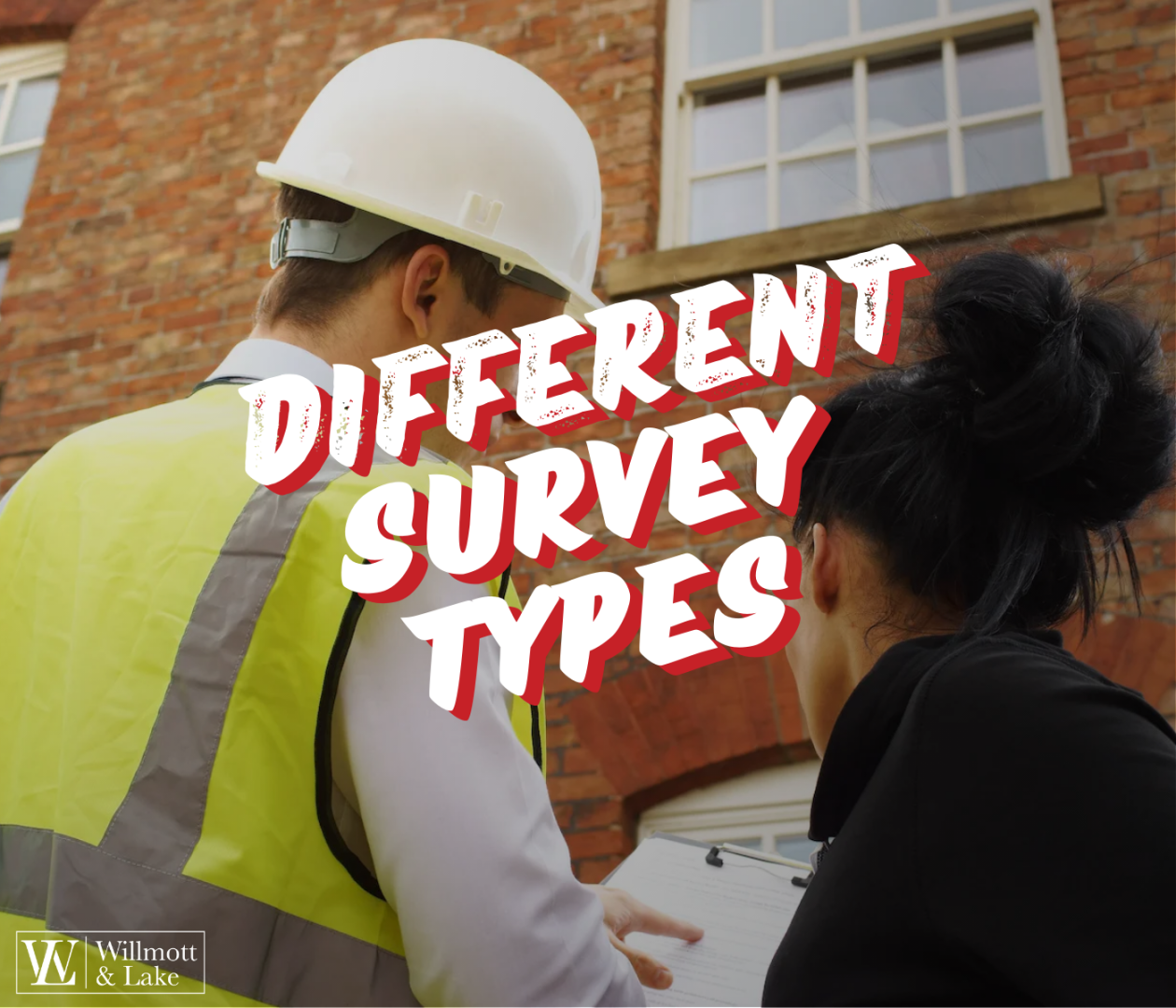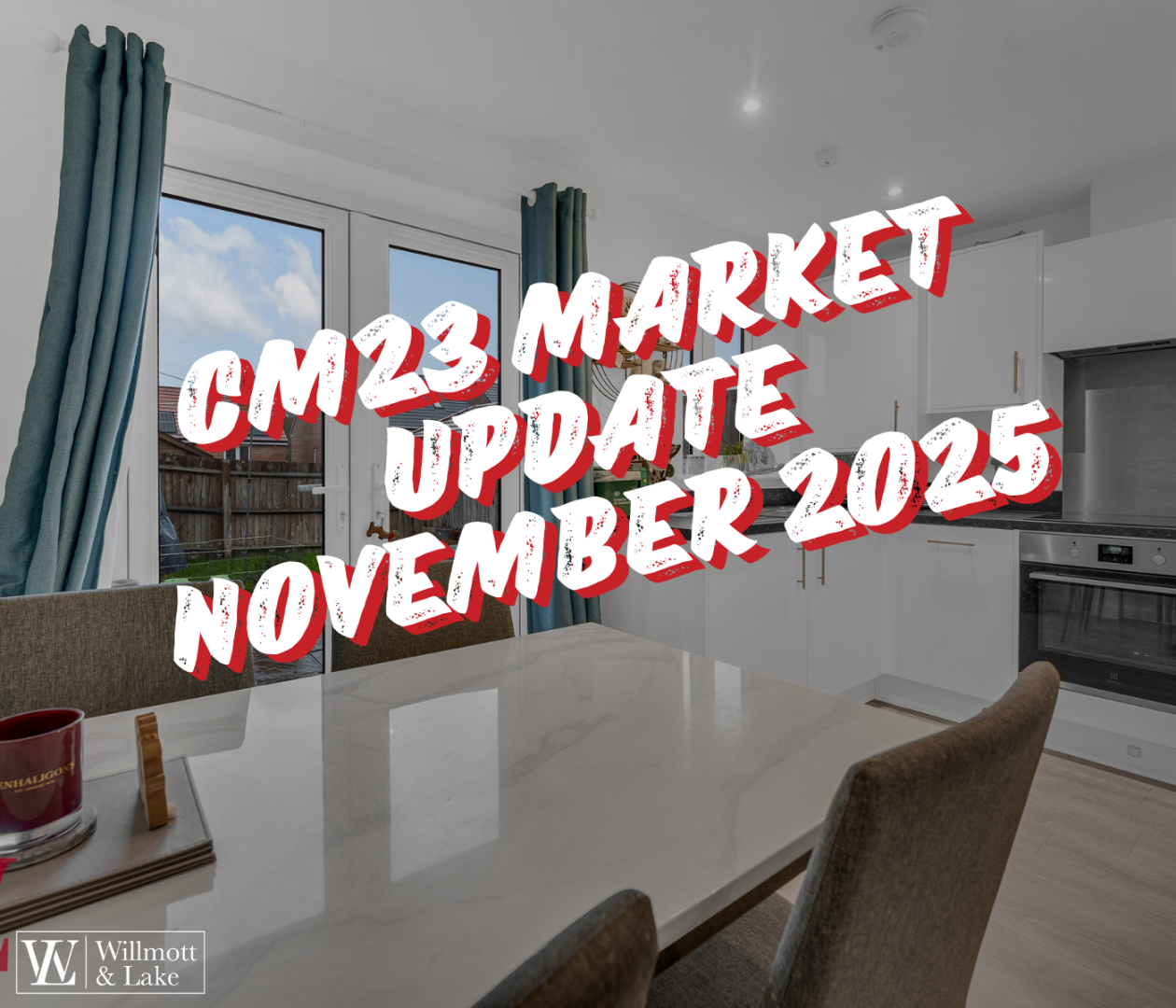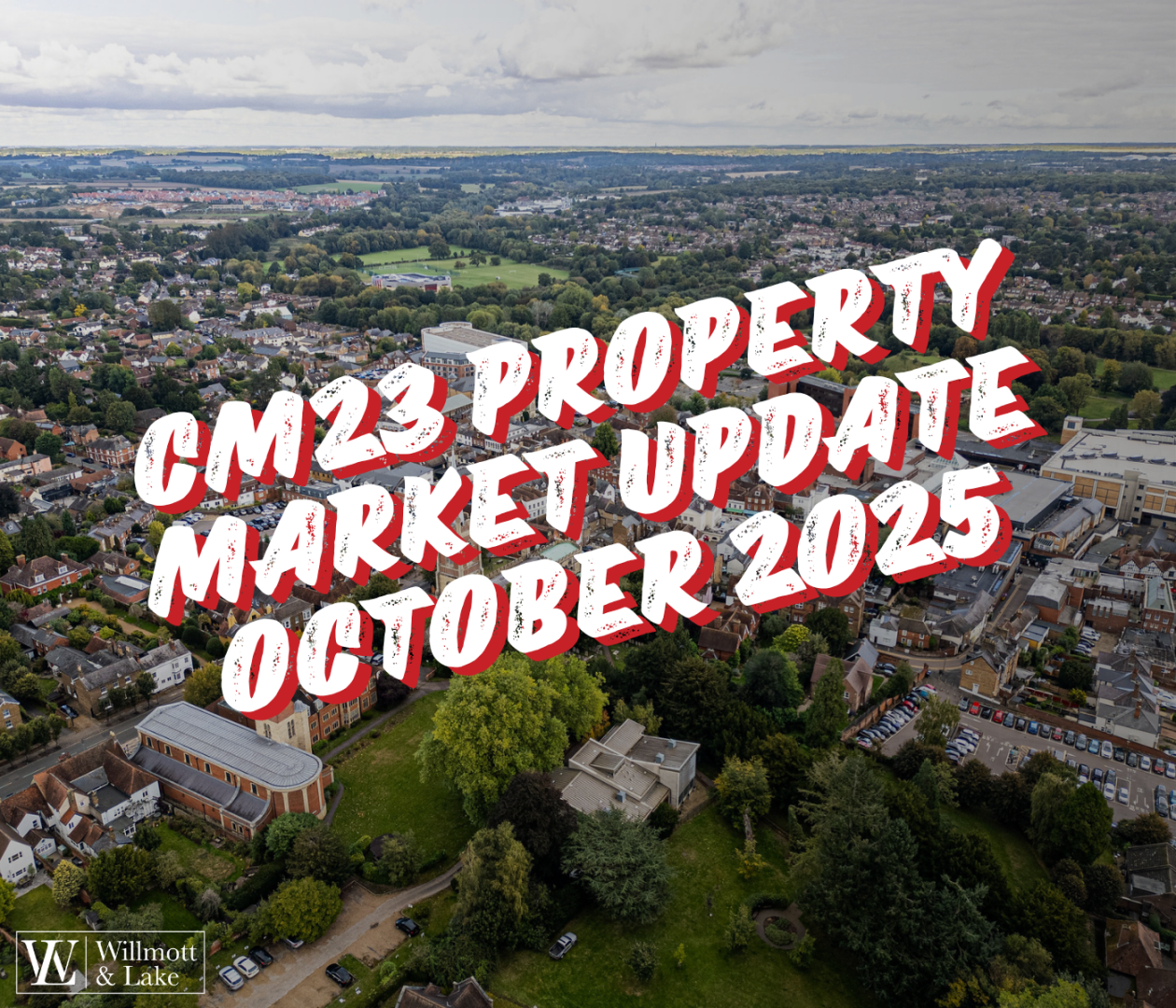What Survey is Right for Me?
If you’ve just had an offer accepted on a property, you’ll be wondering whether you need a house survey and, if so, which one.
What is a Survey?
A property survey is a detailed inspection of a property’s condition. The surveyor examines the property and identifies structural problems, such as unstable walls or subsidence. They highlight major repairs or alterations needed, like fixing the roof or chimney. The surveyor’s report also provides expert commentary on the property, including the type of walls and glazing used.
The Different Types of Survey
Mortgage Valuation
A mortgage valuation is not to be confused with a survey. When you buy a house and require a mortgage, a lender (e.g., HSBC, Halifax) will commission a mortgage valuation. This valuation, which takes approximately 20 minutes, advises the lender of the property’s value and any significant or serious defects that might affect its value as security for the loan. It is not a survey and is primarily for the lender’s benefit, rather than yours.
Condition Report Survey
A condition report is the most basic and cheapest survey you can get, costing around £300 or more. The report doesn’t go into much detail but highlights any obvious defects before you commit to the purchase. Like other property surveys, it uses a ‘traffic light system’ to indicate defects or damage needing attention or future repairs. It does not include advice, recommendations, or repair costs. Additionally, it doesn’t include a valuation of the property, which is essential when applying for a mortgage.
Homebuyers Survey
A homebuyers survey, often called a homebuyers report, is the most common type of property survey available and is suitable for many different property types. It’s not as in-depth as a building survey, making it more suited for properties built less than 50 years ago. It will flag major issues and defects in the property you’re buying.
The homebuyers survey includes a thorough external and internal inspection of the property, resulting in a report that provides an overview of the property’s condition. The surveyor inspects all visible and accessible areas and can consider your specific concerns, reflecting these in their report.
A homebuyers survey covers the following points:
Internally:
- Woodworm and rot
- Dampness and condensation
- Ceilings
- Walls and floors
- Chimney breasts and joinery
Externally:
- Roof space: Full inspection of the roof
- Chimneys
- Gutters
- Main walls
- Windows and doors
- Drainage and boundaries
Other:
- Garages
- Conservatories
- Tenure
- Services
Building Survey
A building survey, previously known as a structural survey, is the most comprehensive property survey available. It’s particularly suitable for older properties or those in a state of disrepair. This type of survey provides an in-depth analysis of the property’s condition and includes detailed information on structural integrity and necessary repairs. Building surveys are more expensive than other surveys but provide the most detailed insight into the property.
Snagging List
A snagging list is a survey typically used for new-build properties to identify any defects or unfinished work that needs to be addressed by the builder. It ensures that the property is up to standard and that any issues are rectified before you move in. This survey helps ensure that your new home meets the expected quality and standards.
Conclusion
Choosing the right survey depends on the property’s age, condition, and your specific concerns. A mortgage valuation is essential for lenders, while a condition report offers a basic overview. For more detailed inspections, consider a homebuyers survey or a building survey. For new-build properties, a snagging list is crucial. Understanding these options will help you make an informed decision and ensure your investment is sound.







Share this with
Email
Facebook
Messenger
Twitter
Pinterest
LinkedIn
Copy this link